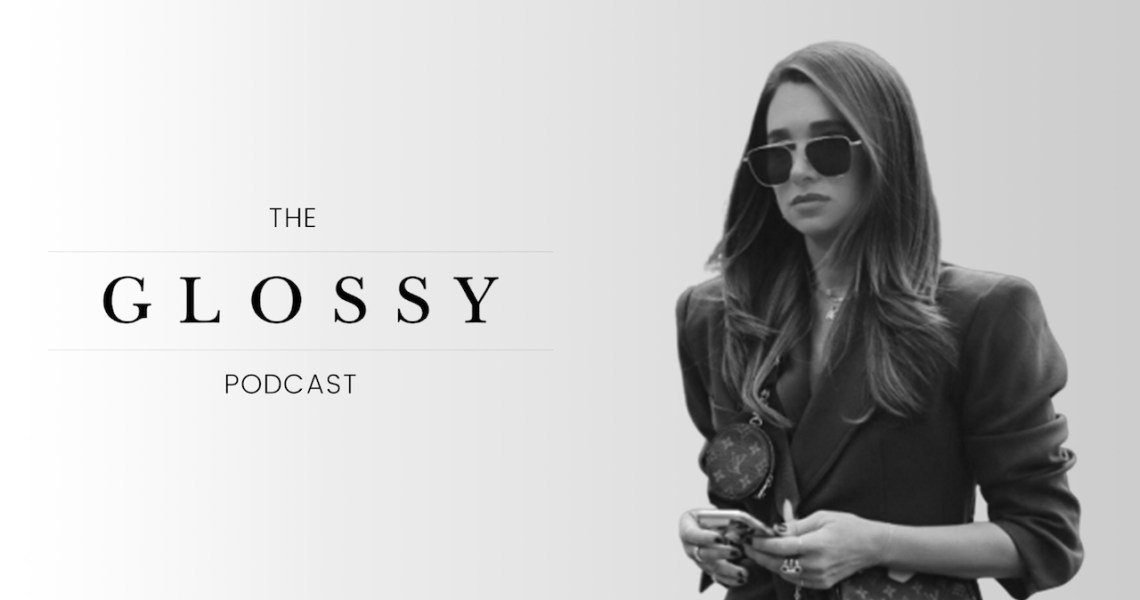Subscribe: iTunes | Stitcher | Google Play | Spotify
For our final episode of Glossy Trend Watch: Influencer Edition, senior technology reporter Katie Richards sits down with Danielle Bernstein of We Wore What.
Danielle is a fashion blogger turned clothing designer, brand founder, author and entrepreneur.
When she got started as an influencer, payment schemes were a bit arbitrary. “There weren’t any set fees for posting on a blog, taking photos for a brand,” Bernstein said. “We sort of went off of what modeling agencies traditionally did for models.”
Since those uncertain days, Bernstein has developed longer-term collaborations with brands and launched a workflow tool for influencers, and she has a book in the works.
Glossy Trend Watch: Influencer Edition features interviews with some of the most prominent fashion influencers on how they’ve used their success and social media followings to launch major brands. Our guests — including Julia Engel and Moti Ankari — made the leap from interacting with existing brands online to creating some of their own.
Here are a few highlights from the conversation with Bernstein that have been lightly edited for clarity.
Ad position: web_incontent_pos1
A move toward longer-term partnerships
“I always say that one-off posting is a thing of the past, and now we really look to marry brands and create these longer-term partnerships — be it three-month, six-month, one-year partnerships — where I’m exclusive to that brand in a certain category, like skin care, water, cars, whatever it may be. These exclusive and bigger partnerships where you really are investing in a brand and a brand is investing in you is how we’ve changed our relationships over time.”
On Moe Assist, the workflow tool for influencers
“We really set off to solve a problem in the industry. There’s no office tool or project management system that fulfills the needs of an influencer. There are all these project management systems out there for bigger corporate companies or bigger teams, but none of them fit the unique workflow of an influencer. And the influencer industry is a $12 billion industry and growing, so there’s clearly a need for something like this. Over my 10 years of doing this, we’ve mastered a way of working that I wanted to be able to share with other influencers so they could become more efficient in their businesses.”
Is there an influencer bubble?
“It’s definitely oversaturated at the moment, and I think consumers and followers are getting smarter, and so they’re sort of weaving through the influencers that might be bullshitting a little bit. How many tea debloating companies can you promote? Followers are looking for influencers who are promoting products that they truly believe in, that they would purchase themselves. It’s an industry that’s huge and growing, and it’s not going anywhere anytime soon. Marketing dollars will just get spent more smartly when it comes to which influencers [brands] choose to work with.”




